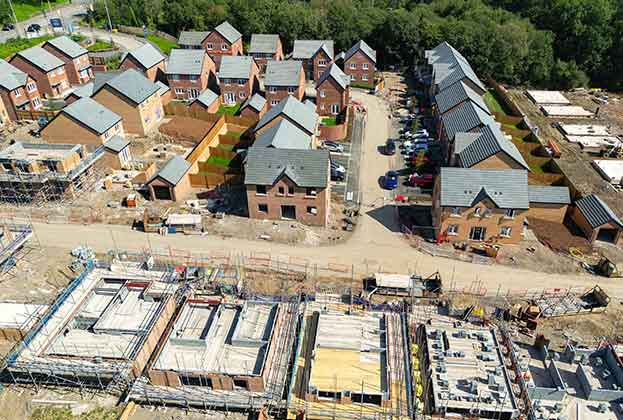Land value capture
The government’s land value capture aspirations are particularly focused on land released from the green belt. In order to gain residential planning permission in the green belt, a developer would have to provide 50% affordable housing, improvements to local and national infrastructure, and improved publicly accessible green space.
This would be a significant shift for the land market and is a policy designed to reset landowner expectations; the National Planning Policy Framework (NPPF) consultation sets out a proposal for limiting benchmark land values for development sites at little more than 10 times agricultural value.
But whether or not this is compatible with the desire to boost housebuilding is unclear. Will it give landowners the incentive they need to engage in the promotion and local plan process?




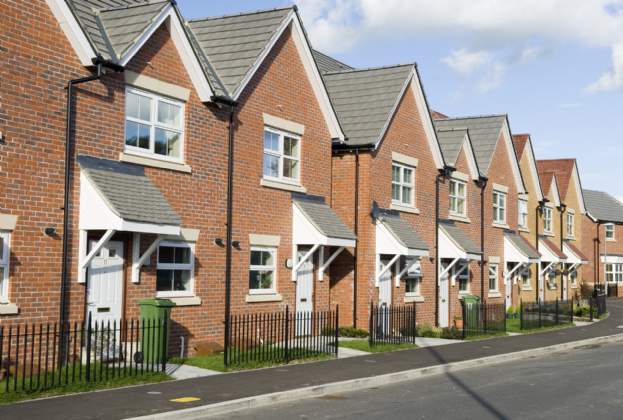
.jpg)
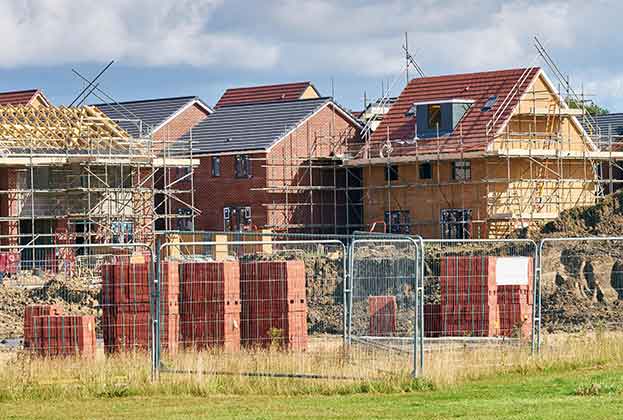
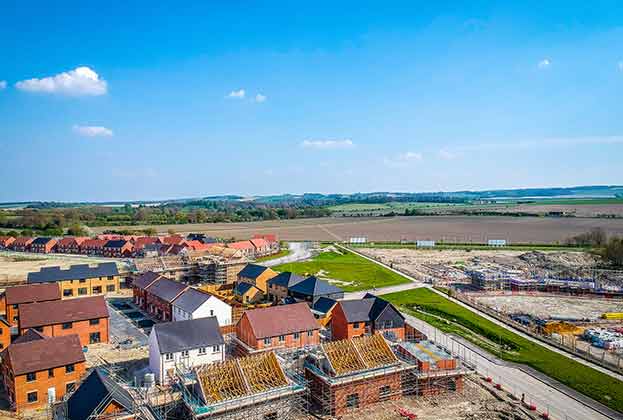
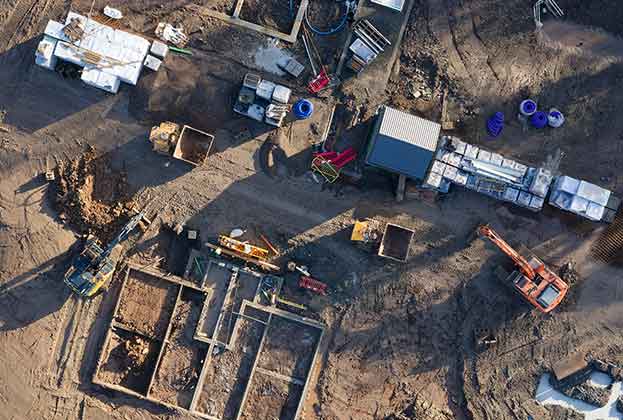
.jpg)
